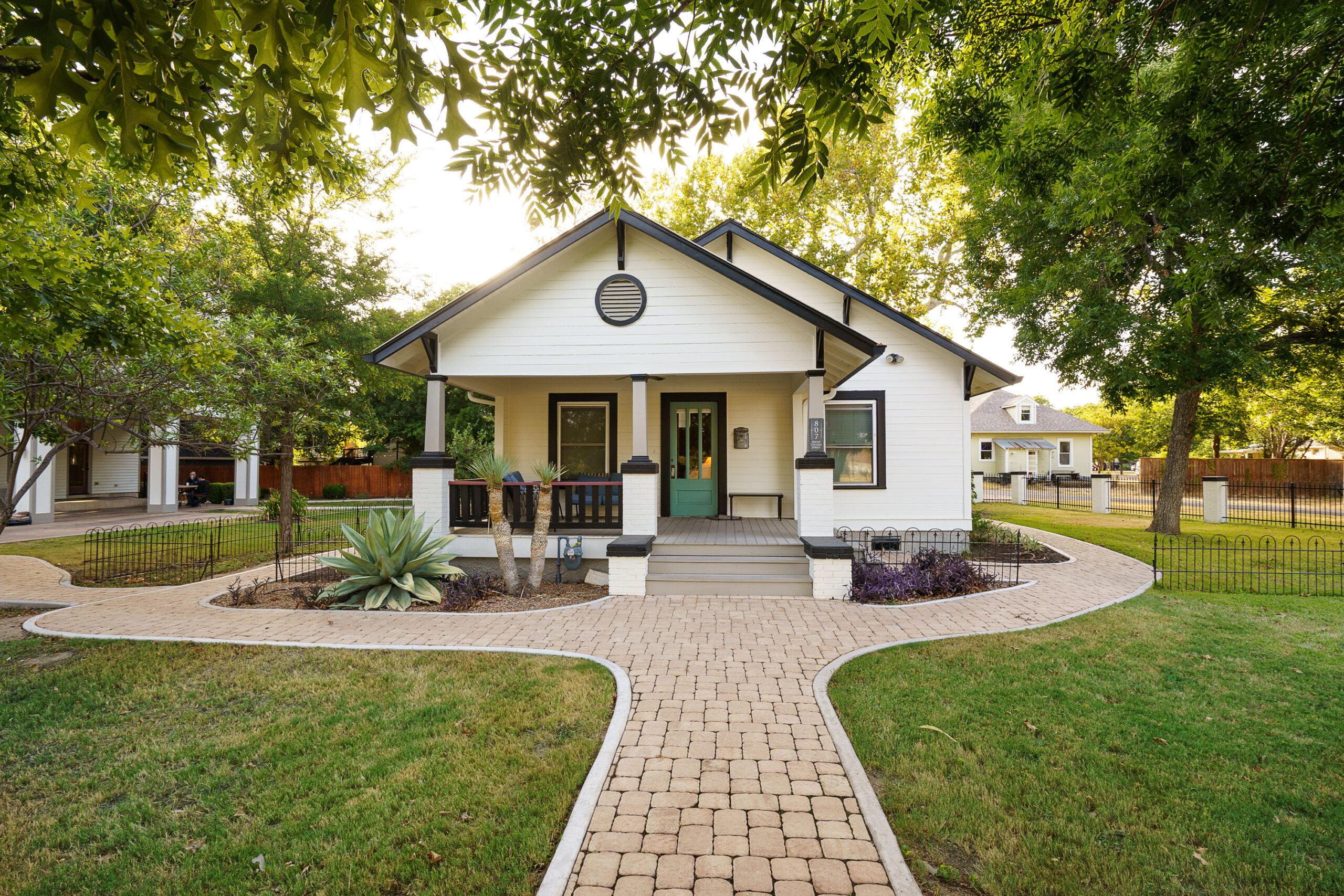Introduction to Bipolar Disorder
Bipolar disorder is an intricate mental health condition characterized by extreme mood swings that include emotional highs (mania) and lows (depression). These oscillations can affect every aspect of life, from daily functioning to personal relationships. Recognizing the symptoms and seeking appropriate treatment is crucial for managing this disorder effectively.
People living with bipolar disorder may experience varying symptoms, including rapid speech, heightened energy levels, impulsive behaviors during manic episodes, and deep sadness, fatigue, and hopelessness during depressive states. The unpredictability of these episodes can be overwhelming for both the individual and their loved ones, making professional support vital.
The Importance of Inpatient Care
For individuals grappling with severe bipolar disorder, inpatient care can be an essential component of treatment. Inpatient care provides a structured and secure environment where patients can receive comprehensive, round-the-clock mental health support. This approach is particularly beneficial during acute episodes when symptoms are heightened and difficult to manage independently.
Inpatient care for bipolar disorder offers access to a multidisciplinary team, including psychiatrists, psychologists, and mental health nurses, all focused on stabilizing the patient’s condition. The goal is to help individuals regain control over their lives and equip them with the tools needed to maintain stability post-discharge.
Alta Loma, for instance, specializes in addressing severe mental illnesses like bipolar disorder, providing a haven for recovery through a combination of traditional therapies and innovative treatment options. Their approach focuses on the whole person, ensuring that both mental health and general well-being are prioritized.
What Does Inpatient Care Entail?
Inpatient programs typically involve a combination of medication management, psychotherapy, and holistic therapies tailored to each individual’s needs. During a stay, patients may engage in cognitive behavioral therapy (CBT), dialectical behavior therapy (DBT), and recreational therapy, among others. These therapies aim to tackle the triggers and underlying causes of mood swings.
The supportive environment of inpatient care allows for intensive monitoring and immediate adjustments to treatment plans as needed. This flexibility ensures that patients receive the most effective interventions at critical times, enhancing the likelihood of long-term recovery.
A typical daily schedule in an inpatient setting may include group therapy sessions, one-on-one counseling, medication assessments, and recreational activities. These structured routines help patients build coping mechanisms and resilience, essential for managing their disorder outside the controlled environment.
How to Prepare for Inpatient Care
Preparing for inpatient care for bipolar disorder involves several important steps to ensure a smooth transition. Here’s a step-by-step guide:
- Consult with your healthcare provider to determine the necessity and timing for inpatient care.
- Research facilities to find one that specializes in bipolar disorder and aligns with your needs.
- Create a list of personal items and contact information required during your stay.
- Inform family and friends about your treatment plans so they can provide support.
- Arrange any necessary work or household responsibilities during your absence.
Taking these preparatory steps can make the transition into inpatient care less disruptive and help focus on recovery.
What Qualifies as an Inpatient Care for Bipolar Disorder Emergency?
An emergency that necessitates inpatient care for bipolar disorder is usually characterized by severe mood episodes posing a danger to the individual or others. This includes suicidal ideation, aggressive behavior, or rapid cycling of extreme moods. In such cases, immediate intervention is crucial.
Recognizing the warning signs early can facilitate timely assistance. Symptoms suggesting an emergency might include a significant increase in reckless behavior, severe depressive symptoms that threaten well-being, or psychotic symptoms. When such signs appear, contacting mental health professionals or emergency services can be life-saving.
A robust support network and the ability to reach out for help when needed are vital components of managing bipolar disorder, underscoring the importance of both inpatient and outpatient care options.
Personal Experiences and Insights
Having spent over two decades in the mental health field, particularly at Alta Loma, I’ve encountered numerous patients who initially feared the idea of inpatient care. However, many realized its benefits, such as focused care and a better understanding of their condition.
One memorable case involved a young man who, after several unsuccessful outpatient treatments, found stability through our inpatient program. His journey highlights the importance of comprehensive care, the presence of a knowledgeable team, and the transformative power of support.
These experiences underscore that while inpatient care for bipolar disorder may seem intimidating, it often becomes a pivotal moment in the treatment journey, offering a chance for individuals to reclaim their lives with renewed vigor and hope.
- Access to a stable environment
- 24/7 professional support
- Tailored therapeutic interventions
- Opportunities for peer support and shared experiences







